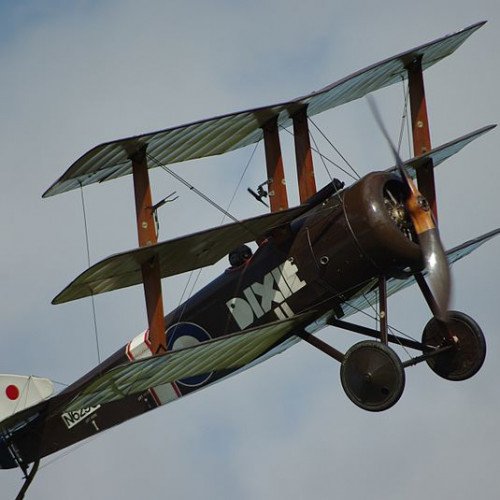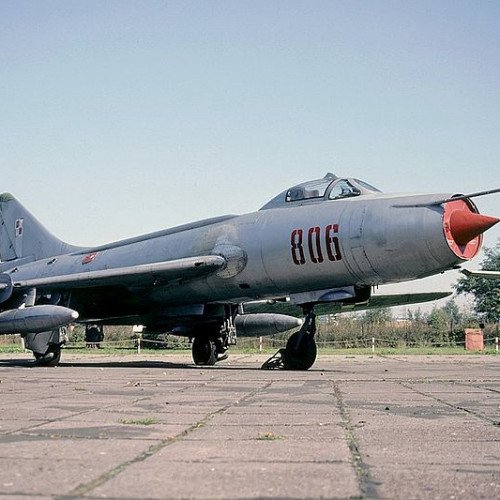Sopwith Triplane vs Sukhoi Su-7 (1944)

Sopwith Triplane
The Sopwith Triplane was a British single seat fighter aircraft designed and manufactured by the Sopwith Aviation Company during the First World War. It has the distinction of being the first military triplane to see operational service.
Statistics for this Xoptio

Sukhoi Su-7 (1944)
As an experiment, the basic single-seat Su-6 design was converted into a mixed-power high-altitude interceptor named Su-7 (the name was reused in the 1950s for a supersonic fighter-bomber). The armor was removed and the fuselage was of all-metal construction. Power came from a Shvetsov ASh-82FN piston engine with two TK-3 turbochargers in the nose and a Glushko RD-1-KhZ rocket engine in the tail. The piston engine produced 1,380 kW (1,850 hp), while the rocket engine utilized kerosene and nitric acid for fuel and generated 2.9 kN (600 lbf) of thrust for up to 4 minutes. Armament consisted of three 20 mm ShVAK cannon with 370 rounds of ammunition. The sole Su-7 was completed in 1944. Test flights demonstrated a top speed of 510 km/h (275 kn, 315 mph) at 12,000 m (39,370 ft) without the rocket motor, and 705 km/h (380 kn, 440 mph) with the rocket. In 1945, the rocket motor exploded during flight testing, killing the pilot and destroying the aircraft.